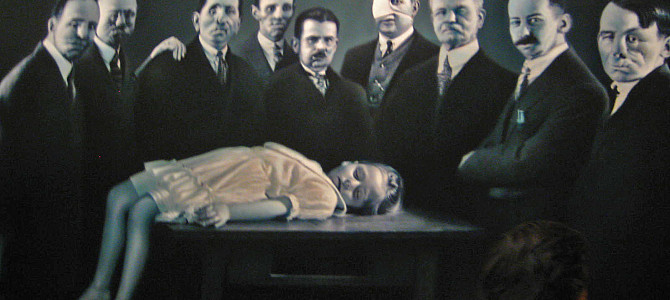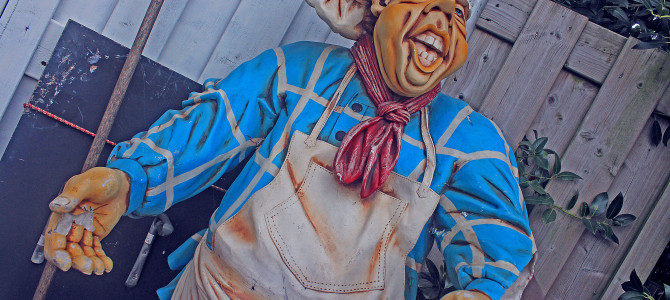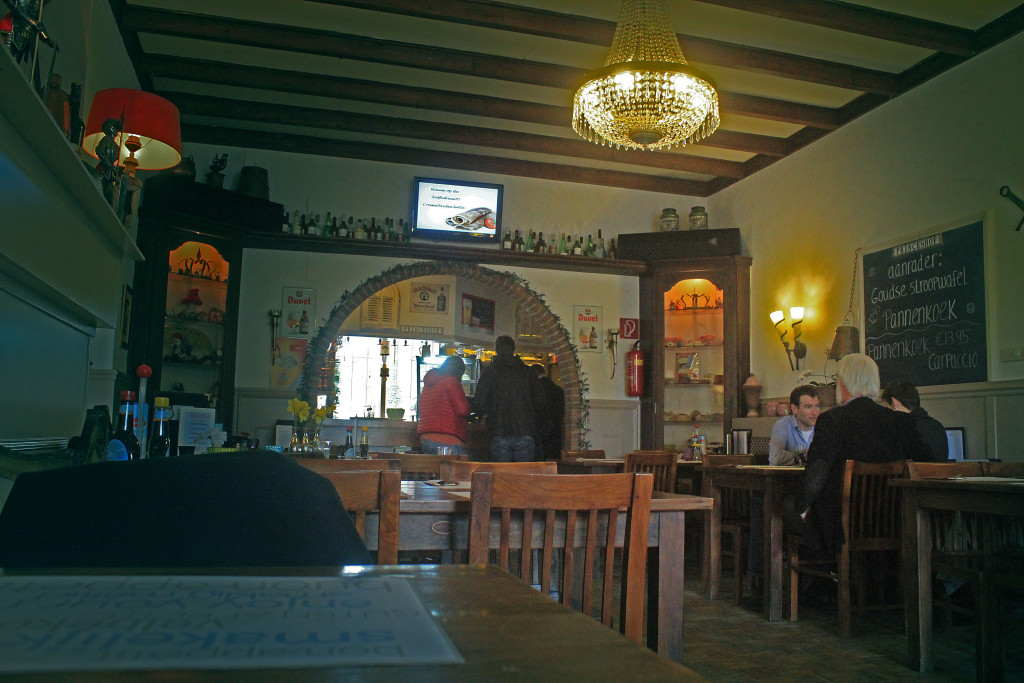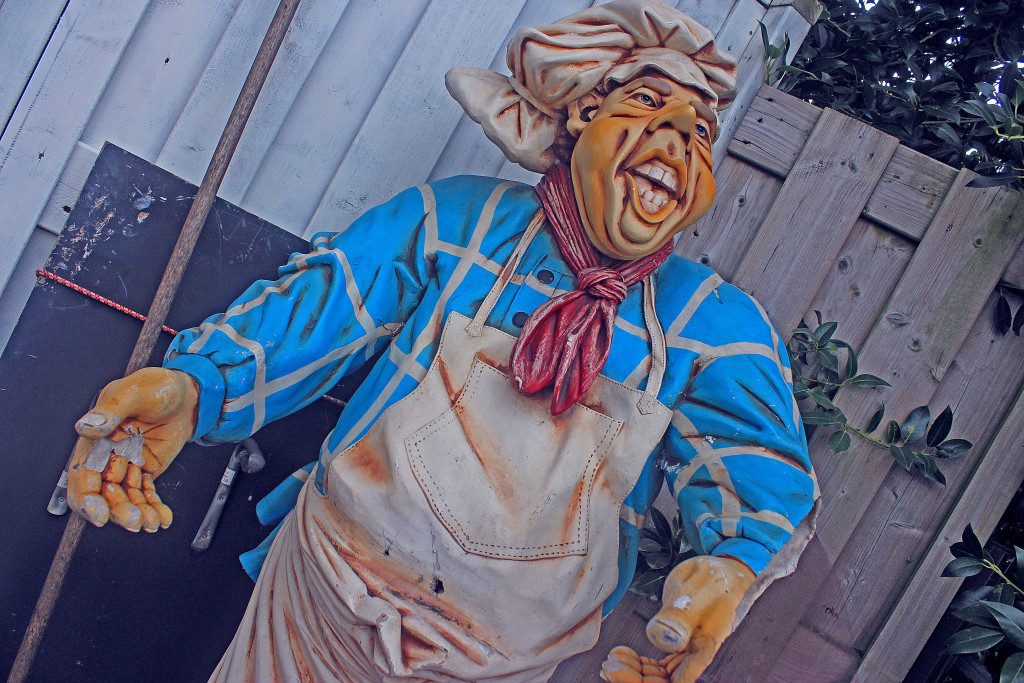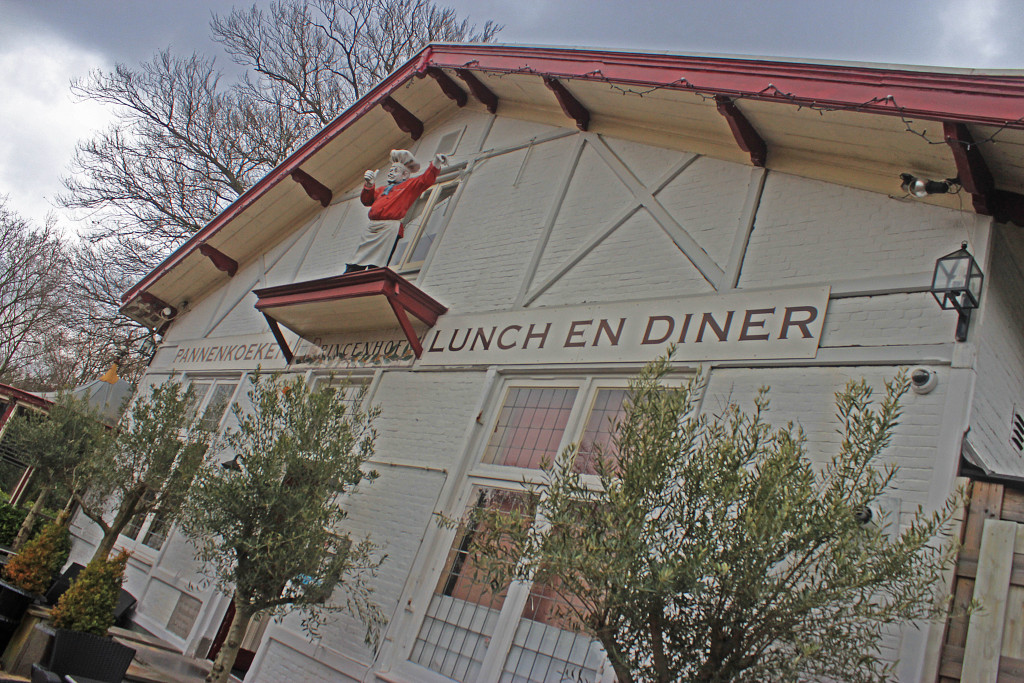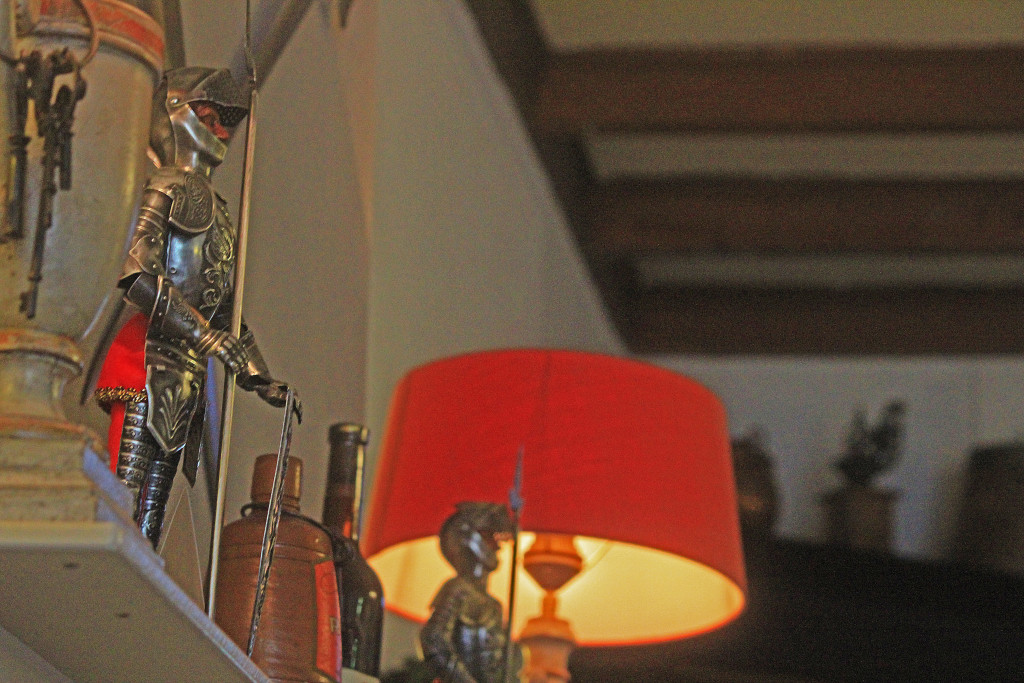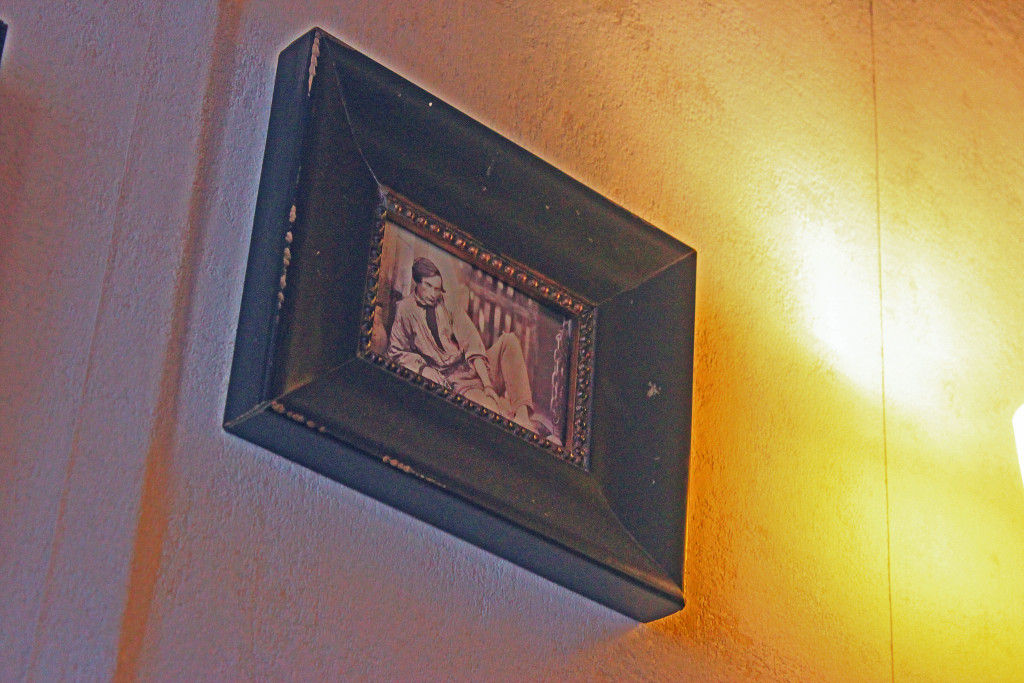Time. In a rare moment of space on this planet, I feel I have an infinite amount of it, to tinker, traverse, dance, digress, and deviate; the breadth of possibilities are stars in a multitude of galaxies. My planned departure date for my world tour is Spring 2017, but the planning process has been underway for sometime now. It isn’t simply about the logistics, the financial spreadsheets, different colored tape I must cross, or figuring what high tech gear I can attach to my two-wheeled pachyderm. For me, the main thing to ponder, being that the world cannot be hugged, sniffed and tasted in one lifetime, where would lil’ ol’ me and my house on a bicycle go? And a quintessential component of that question is: why was I doing this?
That sounds like a very motherly inquiry, which is ultimately a method of finding lacking logic in my dreams and thus attempting to dissuade me from partaking in such an insane, immature and dangerous undertaking. But that’s not the angle I wish to discuss, as I can simply answer that with:
“ Ah ma! It makes me happy. And my happiness is insane, immature and dangerous. Period.”
(after which, she threatens me with her own death if I pursue this trip, for which I respond: “I dare you”, calling her bluff)
This is the internalized why. Now, there are a plethora of personal reasons to answer that posed pontification that are strictly selfish: Why? Well, to explore the external and internal landscape (myself), to meet up with similar and different folks from around the planet and do random activities with them, to eat squirming bugs and other living creatures with my hands, to jump off high, rocky outcrops into my own growing reflecting in deep, green oceans; that sort of fare that excites and invigorates my body and soul like the eternal blast of a cold, thick streamed, shower. In fact, most reasons for doing anything have a selfish component to them. Even the most pious, beatified person gets something out of his projected piety: a smile, salvation, high fives, a really great parking spot. Yet a feature of this personal motivation to do a trip of this magnitude, at least in feeling, feels that it will contribute to the greater world and people’s understanding of it. I have already explained that I would like this to be an interactive cycling trip, where you, the reader and online user make suggestions that become the overarching itinerary for this trip, creating a multifaceted, multi-angled travelogue about boundless and sustainable wanderlust, while also spotlighting the inevitable trials and tribulations that go along with cycle touring. Yet, there is also another component, something less obvious about creating such a comprehensive “guide” that goes beyond highlighting your favorite spot to sit or take photos of Orca Whales.
Some people think Africa is a country. Not plural countries, but a singular, unified country, possibly autonomously ruled by an imposing figure, consistently adorned in military garb that is weighed down by a breastful of shiny metals. A different variation of this ignorance, and possibly a more sinister and prejudice conceptualization of Africa, is that a person knows that Africa is a continent and is made up of several, separate countries, but that it’s okay to refer to all of them as Africa, because they are all pretty much the same, in appearance, unruliness and “barbarism”. They then, if you are unlucky to be within earshot of them, list off some really crude and insulting generalizations of “Africa” and “Africans”. These generalizations are not just perpetuated by uneducated people (many “uneducated, a term I hate in itself, people know better), who are disconnected from the rest of the world outside of their small, pocket communities. There are educated people who believe these images, who preach these images, who pass down these images and this frankly stupid stereotypical terribly misinformed view to their children, and so on and so forth, until an external interjection is made. And it’s not the fault of any one person or source. In the media, I am constantly being bombarded with news programming that summarizes parts of the globe as good or bad, creating detrimental binaries and boxy categories and simple equations of people. Muslim = terrorist. Chinese = Communist. North Korean = Crazy. It drives me up the wall and through the ceiling to be constantly labeled and mislabeled and have others be subjected to the same treatment, rather than being seen as individuals who make choices on their own accord, separate of some sort of abstract grouping.
What can I do to change this? Well, I can NOT think like that and tell others to NOT think like that, empowering myself and others to take charge to seek out information to debunk these oversimplification of human beings, of race, of nations. Yet the scope of this plea, personally, reverberates as does a soapbox preacher’s sermon in the rain during rush hour. I could take something I love, such as cycling and promote the stigmatized and segregated places of what should be a positive, unified global community. So that’s what I am going to do! I am going to bike to places that aren’t generally mentioned in guidebooks or travel shows, visit, and where I can, with the real people, individuals who smile when they are excited and cry buckets when they are exhausted and feel a spectrum of things and do a lot of other things that aren’t black or white, but are multicolored, things that we don’t associate with that part of the world, because it’s easier for me and others to see the world as black and white, and in summaries and in concise definitions. I will blog about these people, each one as an entity, a palette unto themselves. I will blog about religions and cultures that don’t automatically make you a terrorist, or evil if you are part of them and that it is only the ignorance others have about them, and the exoticism and foreignness of them from our comfy, Western perspective, that promulgates those stereotypes.
This bike trip, as selfish as it will be, will hopefully inspire people to travel to these places or at least open a dialogue where silence existed prior. Highlight the beauty of culture, of working people, of alleyways, of hole in the walls, of personal Taj Mahals or Great Walls, of speech patterns, of echoing laughter, of devout prayer, of mid-morning motorcycle rides through endless rice paddies. And with that, my selfish pleasure, hopefully becomes your selfish pleasure, and selfish desire to travel, to explore, to rethink, to reconsider what adjectives you associate with people, to burn the strict definitions into a blazing pyre of cindering divisions and ashing and embering delusion, that we, unified and courageous, will dance, dance revolution around, holding hands, seeing hands as hands that we want to grasp, to hold, to understand.

